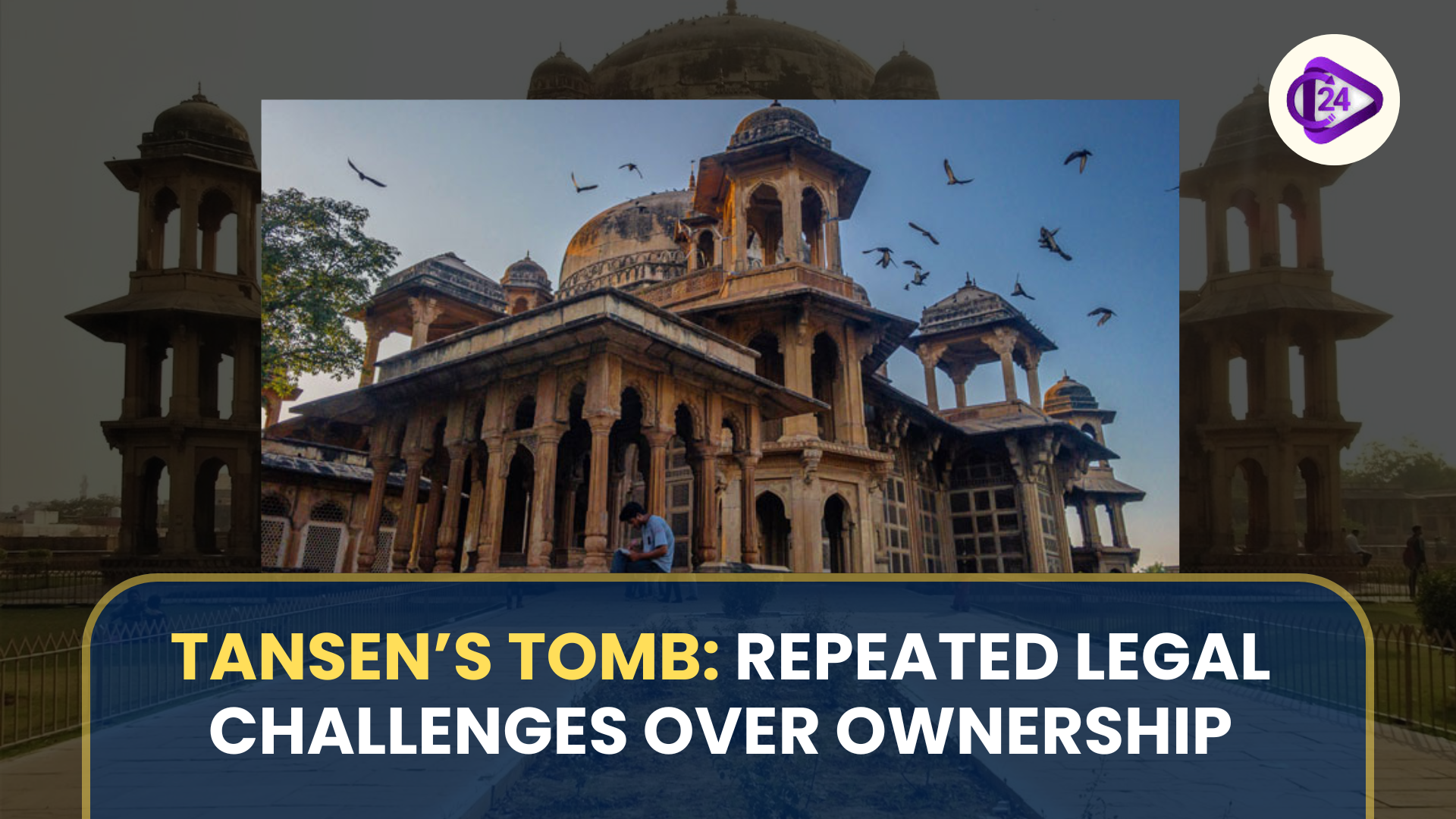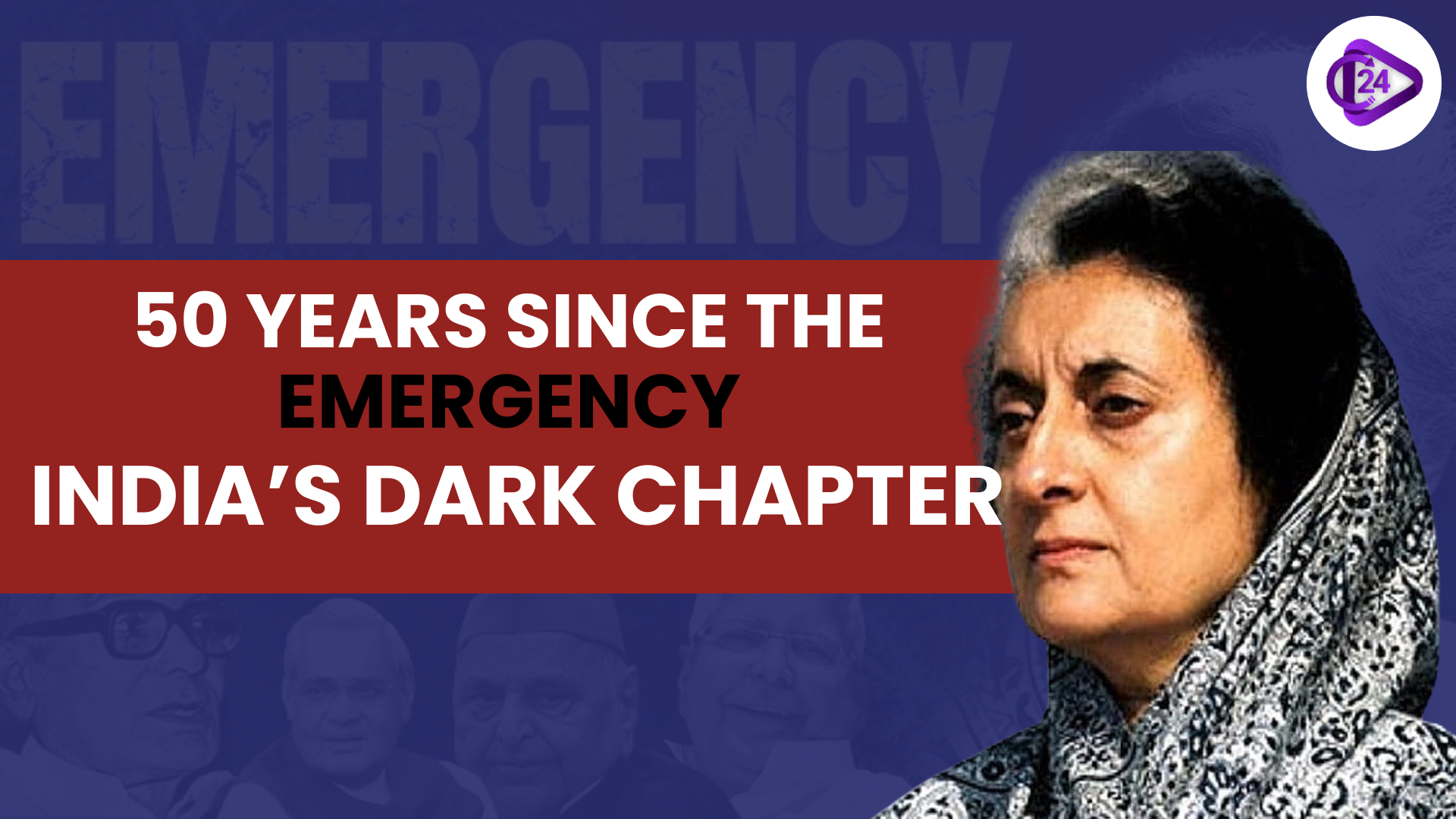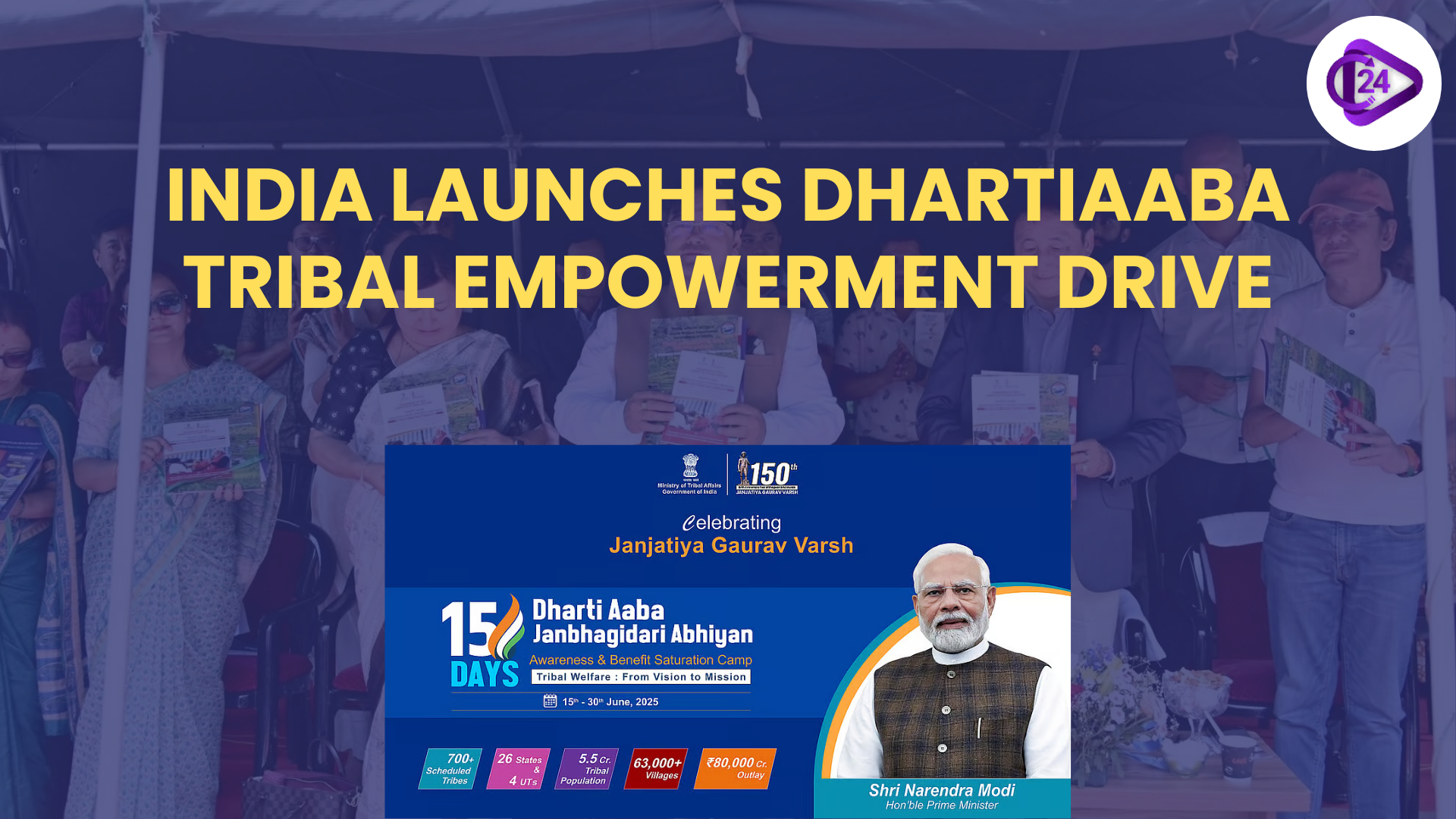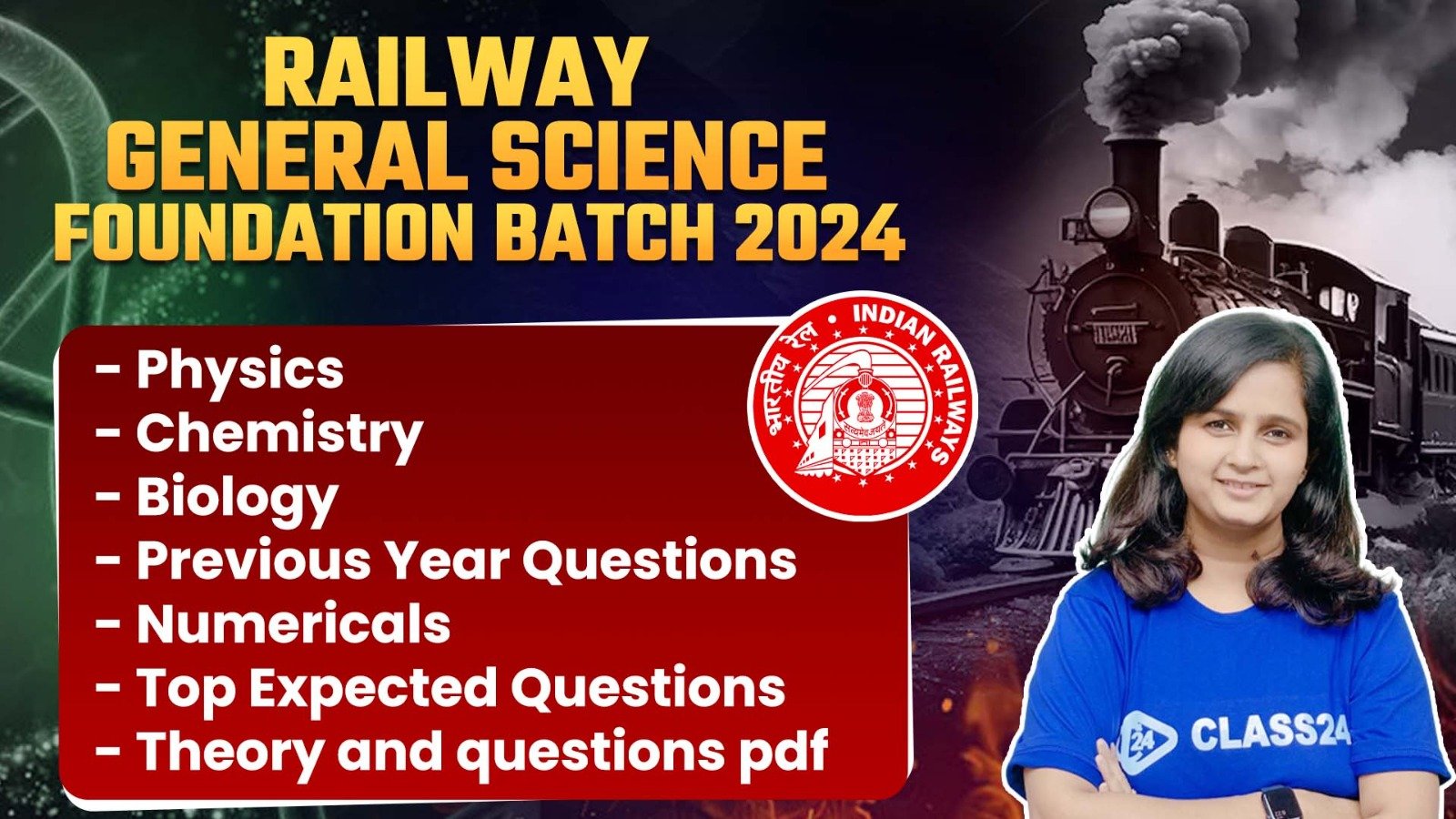
The Department of Tribal Affairs hosted the National Conference on the Adi Anveshan in New Delhi and it was concluded by the participants, who were the officials of this government that the backwardness that was still taking place in the tribal regions could not be attributed to the absence of schemes but an absence of inspiration in the implementation of those schemes. It is founded on these conjectures that the government has declared the program of Adi Karmyogi to enhance the capacities of the officers at all levels so that they can execute schemes in a better way.
Context
-
To overcome this backwardness in the tribal regions, the Centre has created the Adi Karmyogi programme to enhance motivation and capacity of those officers who have to implement the welfare schemes of the tribal people.
-
The project aims at designing a special corps of trainers at various administrative levels.
Key Points
Background:
-
A weekend workshop came to the conclusion that induction of schemes to the tribal welfare was not the first issue rather lack of enthusiasm among the implements.
Introduction of “Adi Karmyogi” Programme:
-
Jual Oram (Union Minister of Tribal Affairs) initiated the trained program, Adi Karmyogi, to create a core of officers dealing in citizen-centric service delivery.
Capacity-Building Objectives:
-
The program will train approximately 20 lakh field-level stakeholders, where 180 State trainers, 3,000 district level trainers, 15,000 block level trainers would be made.
Key Insight from Workshop:
-
The logical lack behind the tribal development is the conversion of the administrative practices into service delivery that comes out of purpose.
-
This was highlighted by the use of anecdotal stories by leaders in the conference.
Incentivizing Officials:
-
The move is aimed at motivating the officers down to the level of senior bureaucrats and even the block level officials so that they can be committed in implementing the plans of tribal welfare.
Conclusion
The Adi Karmyogi programme signifies a strategic change in the issues relating to tribal welfare since all the efforts are pegged to enhance the motivation and strength of officials to efficiently execute schemes. This strategy tries to unravel the main cause of lack of development in the tribal areas where schemes will be implemented in the correct manner with the correct degree of commitment.



 Bid to Snatch Control of Tansen’s Tomb: Repeated Legal Challenges Over 16th Century Monument
Bid to Snatch Control of Tansen’s Tomb: Repeated Legal Challenges Over 16th Century Monument The Big AI Shake-Up: Bengaluru's Response to Workforce Disruption
The Big AI Shake-Up: Bengaluru's Response to Workforce Disruption Shubhanshu Shukla: First Indian to Enter International Space Station
Shubhanshu Shukla: First Indian to Enter International Space Station World Famous Rath Yatra of Lord Jagannath will kick start today at Puri in Odisha
World Famous Rath Yatra of Lord Jagannath will kick start today at Puri in Odisha The Emergency: India’s Darkest Chapter — 50 Years Later
The Emergency: India’s Darkest Chapter — 50 Years Later India Launches Largest-Ever Tribal Empowerment Campaign — DhartiAaba Janbhagidari Abhiyan (DAJA)
India Launches Largest-Ever Tribal Empowerment Campaign — DhartiAaba Janbhagidari Abhiyan (DAJA) For the First Time, India Breaks into Top 100 in Global SDG Rankings
For the First Time, India Breaks into Top 100 in Global SDG Rankings Tripura Becomes the Third State to Achieve Full Functional Literacy Under ULLAS Scheme
Tripura Becomes the Third State to Achieve Full Functional Literacy Under ULLAS Scheme ‘Beej Utsav’ Celebrates Indigenous Seeds and Agricultural Sustainability Across 3 States
‘Beej Utsav’ Celebrates Indigenous Seeds and Agricultural Sustainability Across 3 States






